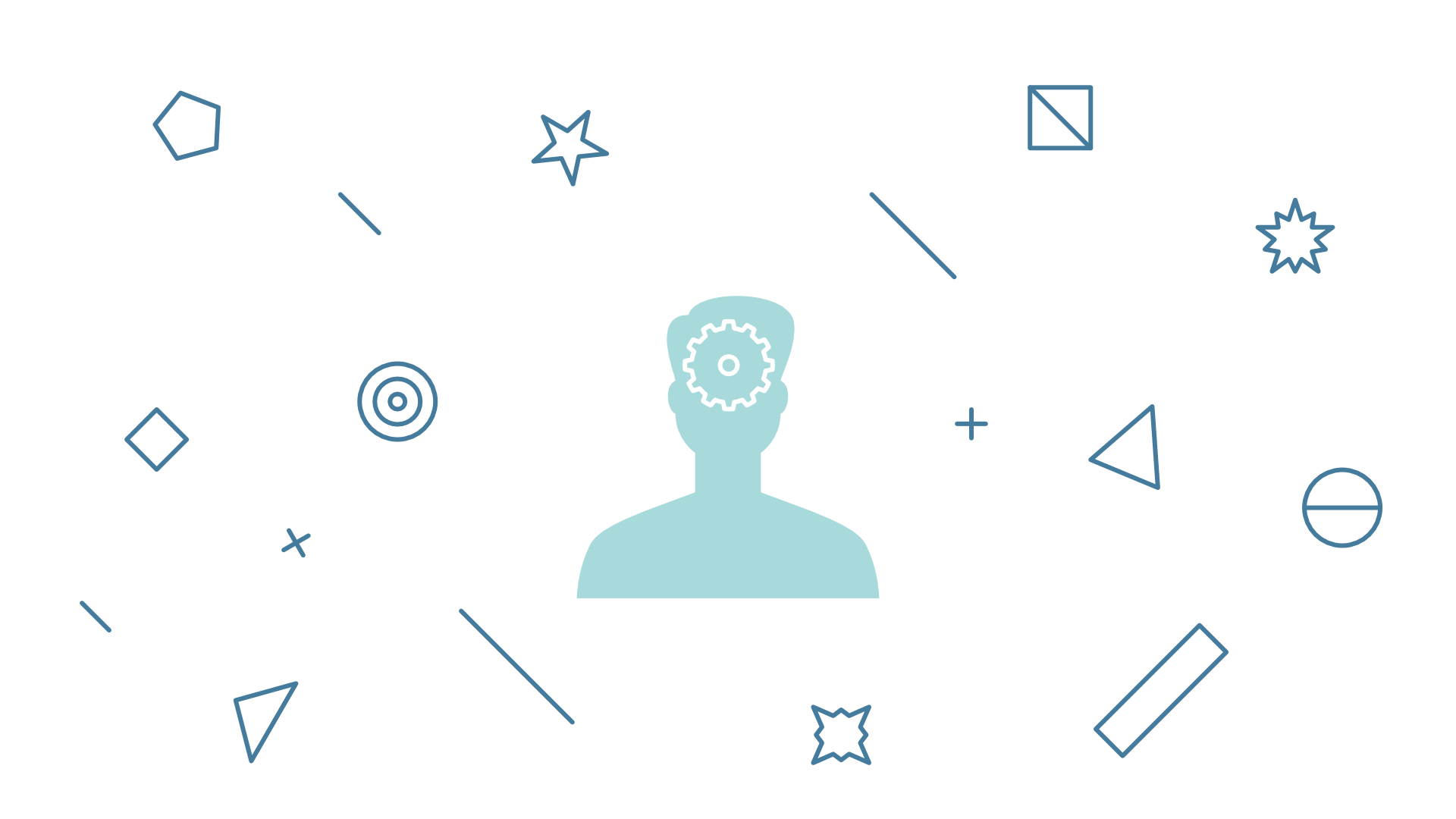Many years ago I attended an architecture conference with my father (an architect and college professor) and he told me something interesting. We were leaving after hearing a presentation on “ecological architecture” and its advantages over “ordinary” architecture, and because I saw my father visibly wincing throughout the lecture, I asked him what upset him so much. He told me that he didn’t understand this “all eco-everything” hype and back in his day something was either good or bad. That if you took all the important aspects into consideration and did things right, then it was just “good design.” Nothing less, nothing more. No fancy names for processes or frameworks. Just you, your knowledge, experience, and attitude.
The Journey Begins
My journey began when I was still in college, working towards a degree in spatial planning. Afterwards, when I was in graduate school, I had a short stint teaching students in the course of my Ph.D. studies. In whatever free time I had left, I worked part-time as an assistant in an architecture design studio, where I designed buildings—from drafting concept illustrations to basic construction blueprints. This gave me an excellent sense of scale. For about ten years, I was involved in a wide range of design efforts, from door handles up to drafting land use plans for entire regions. From marketing materials to city strategies.
Throughout all that time, the burning passion for graphic design that drove my work did not die down one bit, so I finally decided to open my own studio. Then everything changed. I was immersed in an entirely new world.
“The Designer”

I became “the designer.” The creative. Someone who provides visual artifacts fulfilling specific needs—a logo, a poster, a book, a catalog, a website. A guy who’s proficient with color, typography, shapes, etc. Someone with a specific set of skills and extensive expertise in translating imagination into reality.
A translation that all too often happens without context, without an appropriate backstory.
I felt a need to dig deeper, to explore the stories behind particular design decisions (like “Please design me a logo”). I used my time to learn more and try to connect the dots between what seemed important.
Then I joined Monterail and entered a whole new world of UI design, and, after ascending to the position of Head of Design, I tasted the glory of everyday management.
With all these experiences behind me, I felt the need to define what “design” was for me. Having worked in both digital and analog realms, on a scale from door handles to entire regions, I came up with this definition:
#product design
